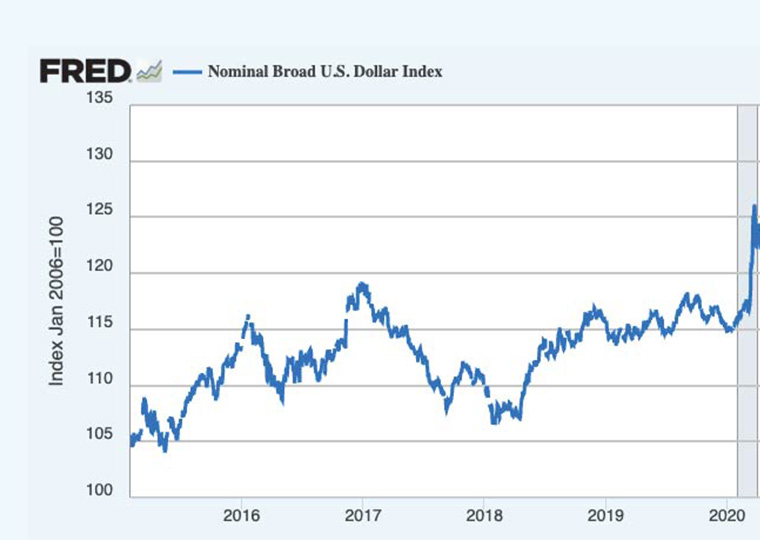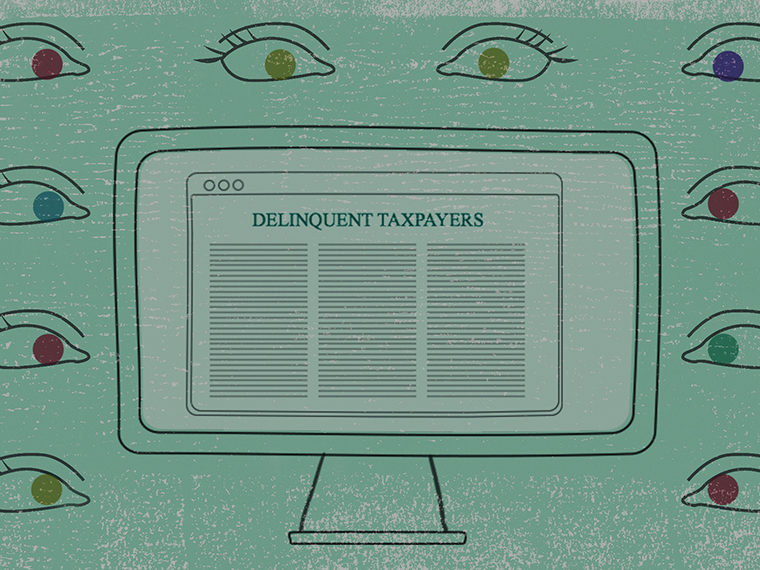Study suggests flat tax systems boosted GDP in former Soviet republics and satellites
When the Soviet Union collapsed in 1991, its former republics and satellites had to figure out how to fund newly independent governments. They wanted to tax citizens in ways that would raise sufficient revenue to operate the government yet also help expand their capital-starved economies into healthy, market-based systems. Success required a tax code that left households with spending money and the desire to earn even more.
At first, most of the nations opted for Western-style tax codes, which typically involve complex calculations involving multiple income brackets, deductions and credits to determine any individual’s assessment. These are known as progressive tax codes, focused on ensuring that those who can pay more do so.
Opt In to the Review Monthly Email Update.
But between 1994 and 2011, each of these formerly communist entities changed to a flat rate tax system at relatively low rates, for at least some years. Citizens were assessed a flat percentage of earnings. The percentage was generally subject to few opportunities for exemptions or deductions.
No One-Size-Fits-All Tax Code
A working paper by UCLA Anderson’s Brian Wheaton looks to these tax experiments to parse the macroeconomic effects of progressivity. His research suggests that in the environment of post-communist economies, the moves to flat tax rates ratcheted up GDP growth.
Average annual per-capita GDP for the 20 nations increased by about 1.38 percentage points, on top of the previous average 5% annual growth, over the 10 years following adoption of a flat tax, according to the study. There was no evidence of continuing gains after that first decade.
Reduced progressivity — narrower differences in rates at various income levels that came with flat rate systems — was responsible for the strong economic gains that followed the reforms, according to Wheaton’s models of household labor and investment decisions under varying progressivity and his accompanying empirical analysis. Essentially, reducing progressivity increased the upside of ambitious investments and made such investment more attractive.
“It wasn’t just about going from a high average rate to a low average rate,” Wheaton says in an interview. Rather, accelerated GDP growth came “by a reduction in progressivity.”
Most countries in the study that adopted flat tax systems at various times between 1994 and 2011 set flat rates between 10% and 15%. Estonia, Lithuania and Latvia had the highest rates at 26%, 33% and 25%, respectively. Five countries, including Ukraine, reverted to progressive tax systems after several years.
Wheaton used the staggered adoptions to estimate the effects of a flat tax on GDP growth and other macroeconomic outcomes — comparing countries that adopted a flat tax with those that had not yet adopted it (but would in the near future).
His paper suggests that the reform induced more capital investment, such as factory and industrial equipment purchases, and some gains in employment. Although the flat rates generally reduced tax receipts, he found no evidence that government debt or increased foreign investment was fueling the additional growth.
Using a standard measure of income inequality, Wheaton sees no evidence that the flat tax experiments affected the spread between average earnings of low- and high-earning citizens within each country.
The flat rates appear to have increased tax compliance in the former communist countries, especially among the wealthy, Wheaton says. Tax evasion in these countries was higher than in Western nations due to extremely large shadow economies —estimates by researchers put 40% to 50% of transactions as unreported for many of these countries — and extensive “creative accounting” among the wealthy. With flat rates, Wheaton explains, it’s harder to game the system through legal loopholes, and it may simply be cheaper to pay than hire teams of professionals to defend noncompliance or to cut the bill.
The countries in the study lost huge amounts of capital in the years immediately following the collapse of communism, Wheaton notes, making them particularly receptive to reforms to reinvigorate investment. The U.S. economy, by comparison, doesn’t lack capital, and the labor market lately is close to full employment.
“These are countries that have had a lot more to gain from a flat tax than modern Western economies,” he says. “This speaks to why the ‘optimal tax system’ may vary quite a bit from country to country depending on its institutional context, level of development and a lot of other factors.”
What about the U.S., where flat tax proposals surface regularly? Wheaton explains in an email exchange that tax compliance is higher in the U.S., leaving less room for increasing it through tax reforms. Therefore, he would expect a widening of the income spread if a flat tax system was enacted in the U.S. “How much bigger is speculation, though,” he writes. What’s more, the shadow economy in the U.S. is much smaller, and, according to estimates, there is much less outright tax evasion by wealthy individuals.
In the former communist countries, Wheaton sought to rule out other explanations for the accelerated GDP growth after flat tax implementations. The tests found no evidence of increased foreign investment, increased innovation, systematic budget deficits or structural changes within industry that would have contributed to GDP growth.
To consider the possibility that governments might have introduced broader growth-inducing reforms alongside flat tax rates, Wheaton controlled for other dimensions of policy using the Ease-of-Doing-Business Index (every year the World Bank ranks economies and how conducive they are to operating a business). He also isolated countries where the reform government won by narrow margins where broader reforms might be harder to achieve, he explains. Their growth rates did not differ significantly from the others, the study finds.
Featured Faculty
-
Brian Wheaton
Assistant Professor of Global Economics and Management
About the Research
Wheaton, B. (2022). The Macroeconomic Effects of Tax Progressivity: Evidence from the Eastern European Flat-Tax Reforms.






